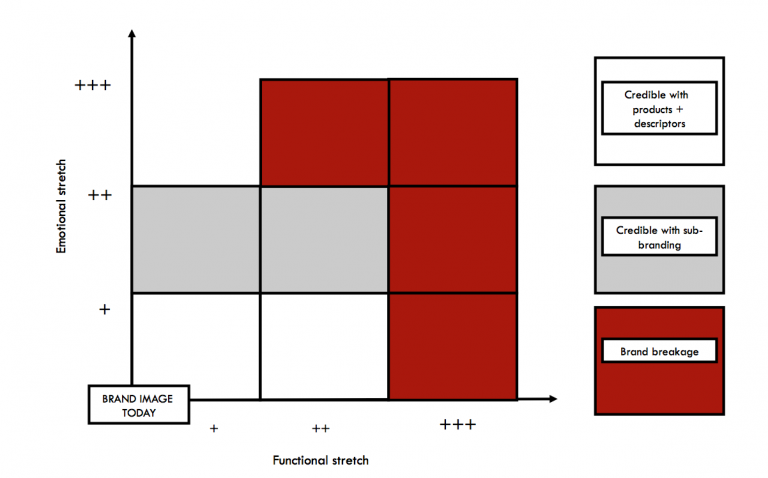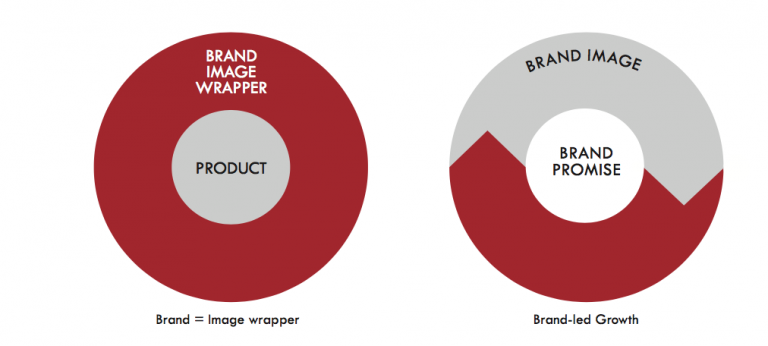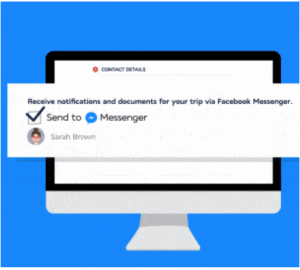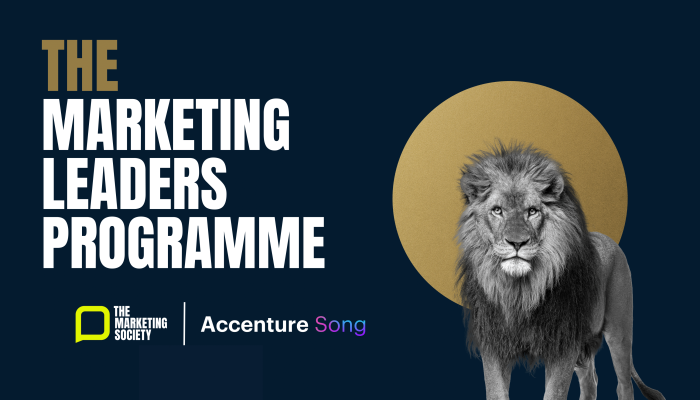Air France have flown the obsession with ‘millennials’ to new heights by creating a whole new brand for them called Joon.
Yes. You read that right. A totally new brand.
Mark Ritson suggested in no uncertain terms that “Air France’s new airline is a total non-starter from the beginning,” in a recent Marketing Week column here. His issue is that millenials are not a segment at all.
They are an ‘age cohort’ that contains people with diverse needs and attitudes. And as Mark says, “If the segmentation is wrong, your targeting will always be wrong.
That ruins your positioning and all the tactical decisions that follow it in execution.”
I agree with Mark that the launch of Joon is a flawed bit of brand strategy, but not for exactly the same reasons, as I explain below.
1. Recruiting younger people IS key
I actually think Air France is right to think about the younger generation of current or potential customers. Like any brand, it needs to recruit younger customers as they come into the market in order to drive penetration. These younger consumers also tend to be indicators of new trends that will catch on with older people, whether it be music or social media apps.
But this is nothing new.
The best brands have always refreshed themselves to maintain appeal amongst younger people, whilst retaining appeal to older customers. The penalty for not doing this is an ageing user base and eventual decline, as happened to the Cointreau brand of liqueur. It was popular as an after-dinner drink in the 1980’s with the millennials of that era. But as this cohort aged, the next generation of younger people stopped drinking after-dinner liqueurs. The brand was slow to pick up on this, and went into gradual but consistent decline, losing half its volume over a couple of decades. It was only later that the brand refreshed and rejuvenated itself, focusing on use in cocktails like Cosmopolitans and Margaritas and as a long drink.

2. Understand your target consumer
Assuming Air France is right to understand what younger people want, just as they should understand the needs of older people and business people, the key is then to get deep, immersive insight. And here I am not convinced that Air France has done this. “This generation has inspired us a lot“, explains Caroline Fontaine, vice-president of global brand here. “Epicurean and connected, they know how to enjoy every moment and are in search of quality experiences to share with others.” Mmmm. That doesn’t sound very specific or that different to people of other ages, which is Mark’s point. Who doesn’t aspire to a positive sense of the world, enjoying every moment and searching for quality?
3. New brands are a last resort
Let’s give Air France the benefit of the doubt. We’ll assume that they are keeping their insight cards close to their chest and that they have in fact highlighted some specific, interesting and inspiring needs and attitudes that need addressing.
The next step is to decide the right brand strategy to respond to these needs. And this is where Air France’s thinking is flawed in my view. “We started with our target customer segment, the millennials, to create this new brand that means something to them,” according to Caroline. But why the hell do you need a new brand to respond to the emerging needs of younger people? You don’t of course.
Creating a new brand is a massive and risky undertaking full of risks, including the risk of diverting time, talent and money from the core brand. This is why it should only be done as a last resort. A simple tool helps highlight the stretch from the core brand to the new opportunity, in this case meeting the needs of younger people (below). First, we look at the functional stretch, which is to do with the type of service needed. Second, we look at the emotional stretch: the look, feel, style and personality needed to compete. Only if the stretch on both these dimensions is large should you consider pressing the new brand button. And in the case of Air France I really struggle to see how this could be the case.

4. A new brand is more than a name
I do worry about how Caroline describes the new Joon brand. “Our brief was simple: to find a name to illustrate a positive state of mind. Joon is a brand that carries these values.” This sounds like a case of brand as ‘image wrapper’: focusing on the external name and visual identity, not the fundamental value proposition that is part of being a brand-led business. Reading more of the press release reinforces my worries, with a focus on the look and feel of the brand not the fundamentals: “Its visual identity is based on an electric blue colour code symbolizing the airline’s dynamic attitude, as well as the sky, space and travel. The uniform of Joon’s flight attendants will be inspired by the new fashion codes, basic and chic.”
We will have to wait to discover the substance behind the new brand with more details on the products, services, destinations and fares due in September. The press release does make the bold promise that, “it will offer more than just a flight and a fare, it will offer a global travel experience.”

5. Revitalise the core

I suggest a much better way to respond to the emerging needs of younger people would be to revitalise the core Air France proposition, not create a whole new brand. And, to give them credit, the company does seem to be doing some of this. Take the idea of being connected. You can now receive your Air France boarding pass directly in the Facebook Messenger app, where you can also ask questions about your flight and get a reply from an agent.
Another need identified was enjoying every moment and seeking quality experiences. Being married to a Parisian and having lived in France for nine years, I suggest that this epicurean approach to life is quintessentially French and could also have been integrated into the core Air France experience. Why not have surprise ‘Plat du jour’ meals on board, but on all Air France flights, not just on Joon?
Another bit of flawed logic is that, “Joon is Air France’s complementary younger sister, which will also inspire its customers to travel with its elder sibling.” Upgrading the core Air France brand would be a much better way of inspiring people to fly with the carrier I suggest, rather than launching a new brand and somehow expecting people to then think, “I liked flying with Joon. I think I’ll now move on to the Air France brand, which is part of the same group.” Huh?
In conclusion, I agree with Mark that Air France’s decision to launch a new brand for millennials is a bad idea. Watching the video for Joon almost feels like it’s a spoof brand created to take the piss out of marketers’ obsession with millennials. It will be interesting to see how the brand fares. But my bet is that it suffer the same fate as BA’s new brand, Go, which was launched in 1998 and sold to easyJet in 2002 so BA could re-focus on the core.
This piece first appeared here.



